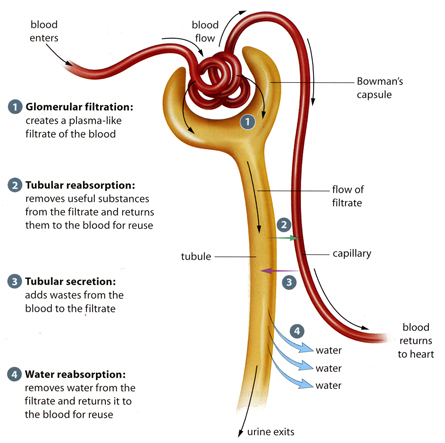Introduction
Many elderly has problem of poor urine flow. It is more common among elderly men compared to elderly women.
Epidemiology
It is estimated that 30-40% of elderly men suffered from this problem. The risk is higher as one gets older. About a third gets complete resolution of the problem, a third stabilizes at a certain stage and a third will worsen. For men, poor urine flow could be a signal of prostate cancer (hyperlink prostate cancer) whilst in women it usually affects those that have undergone menopause.
Diagram 1 : Urine Flow System
What are the signs and symptoms of poor urine flow?
- Weak urine stream
- Weak urine stream
- Obstructed urine stream
- Dribbling of urine after micturition
- Feeling of unsatisfactory voiding
Diagnosis
Poor urine flow does not point to any specific diseases. Possible underlying causes are:
- Prostate gland enlargement (hyperlink prostate gland enlargement)
- Weak and unstable bladder wall muscles
- Urinary tract infection (hyperlink)
- Infection of the prostate gland
- Stones in the urinary tract or in the urinary bladder (hyperlink)
- Cancer of the prostate gland (hyperlink)
- Cancer of urinary bladder (hyperlink)
- Neurological diseases like multiple sclerosis and spinal cord injury
Complication
- Urinary retention
- Inability to urinate. If this happens suddenly, the elderly will have severe pain at lower abdomen.
- If this occurs slowly, the bladder wall muscles will slowly stretched up and weakens. Over time this will cause the elderly to lose control of his urination and he may need to use urinary tube and bag to remove his urine.
- Infection of the urinary tract. Infection usually lead to incomplete voiding of the bladder. Residual urine in the bladder is a good medium for bacterial growth and multiplication.
- Symptoms of urinary tract infection include pain on urination, pain at lower abdomen, sudden urge to urinate and urine becomes cloudy and smelly.
- Stone can occur with incomplete voiding of urine. Symptoms of urinary stones include pain on urination, pain at lower abdomen and bloody urine.
Treatment
Treatment of poor urine flow depends on the underlying cause/s. It could be in the form of medications or surgical treatment if one has enlargement of the prostate gland. Examples of medication used are ‘alpha-1 blocker” and anti-androgen (sex hormone for men). Surgical treatment involved total or partial removal of the prostate gland. It may be performed if drugs are not able to resolve patients’ urinary problems. Antibiotics are given to treat urinary tract infection. Pelvic exercises may help those who cannot control their urination due to weak bladder muscles.
Prevention
Undergo healthy life style:
- Drink plenty of water in the day time
- Take a lot of fruits and vegetables. Reduce fat and sugar intake
- Keep ideal body weight and prevent obesity
- Have frequent and regular exercises
- Reduce stress
- Undergo safe and healthy sexual relationship. Avoid getting sexual transmitted diseases by avoiding sexual promiscuity. Sexual transmitted diseases like gonorrhoea can cause infection of the prostate gland and urinary tract.
- Keep your body and environment clean to prevent infection.
- Prevent trauma to perineal area during riding bicycle or horse riding
- Don’t keep your bladder full for too long.
- Avoid excess caffeine and alcohol as these can worsen urinary symptoms
- See your doctor if you have any urinary symptoms or problems.
Reference
- Speakman MJ, Kirby RS, Joyce A, Abrams P, Pocock R (May 2004). “Guideline for the primary care management of male lower urinary tract symptoms”. BJU Int. 93 (7): 985–90. doi:10.1111/j.1464-410X.2004.04765.x. PMID 15142148
- Juliao AA, Plata M, Kazzazi A, Bostanci Y, Djavan B (January 2012). “American Urological Association and European Association of Urology guidelines in the management of benign prostatic hypertrophy: revisited”. Current Opinion in Urology 22 (1): 34–:10.1097/MOU.0b013e32834d8e87. PMID 22123290
- http://www.prostate.net/prostatitis/prevention-of-prostatitis/
| Last Reviewed | : | 07 November 2017 |
| Translator | : | Dr. Mohd Daud bin Che Yusof |
| Accreditor | : | Dr. Cheah Wee Kooi |








